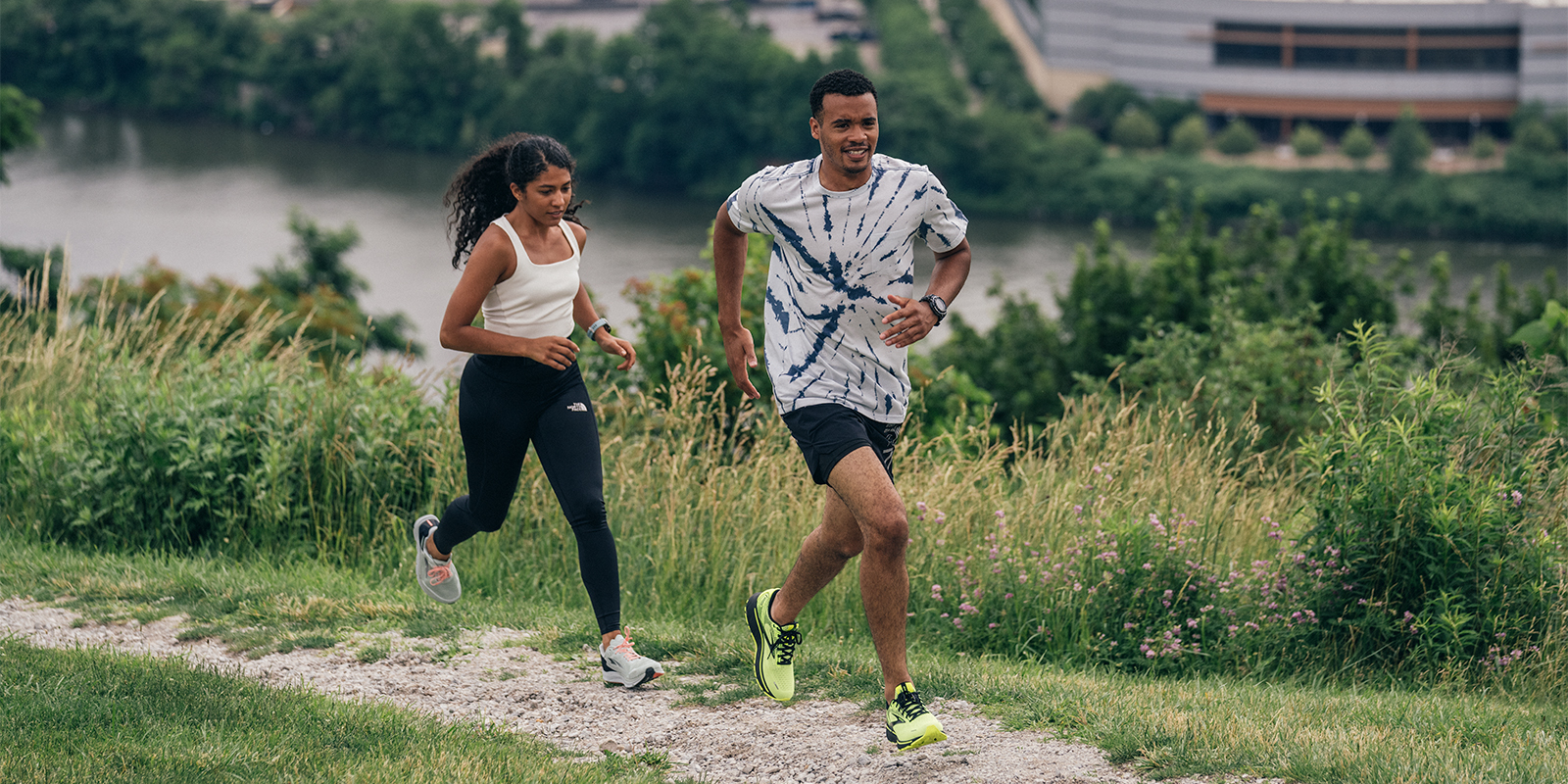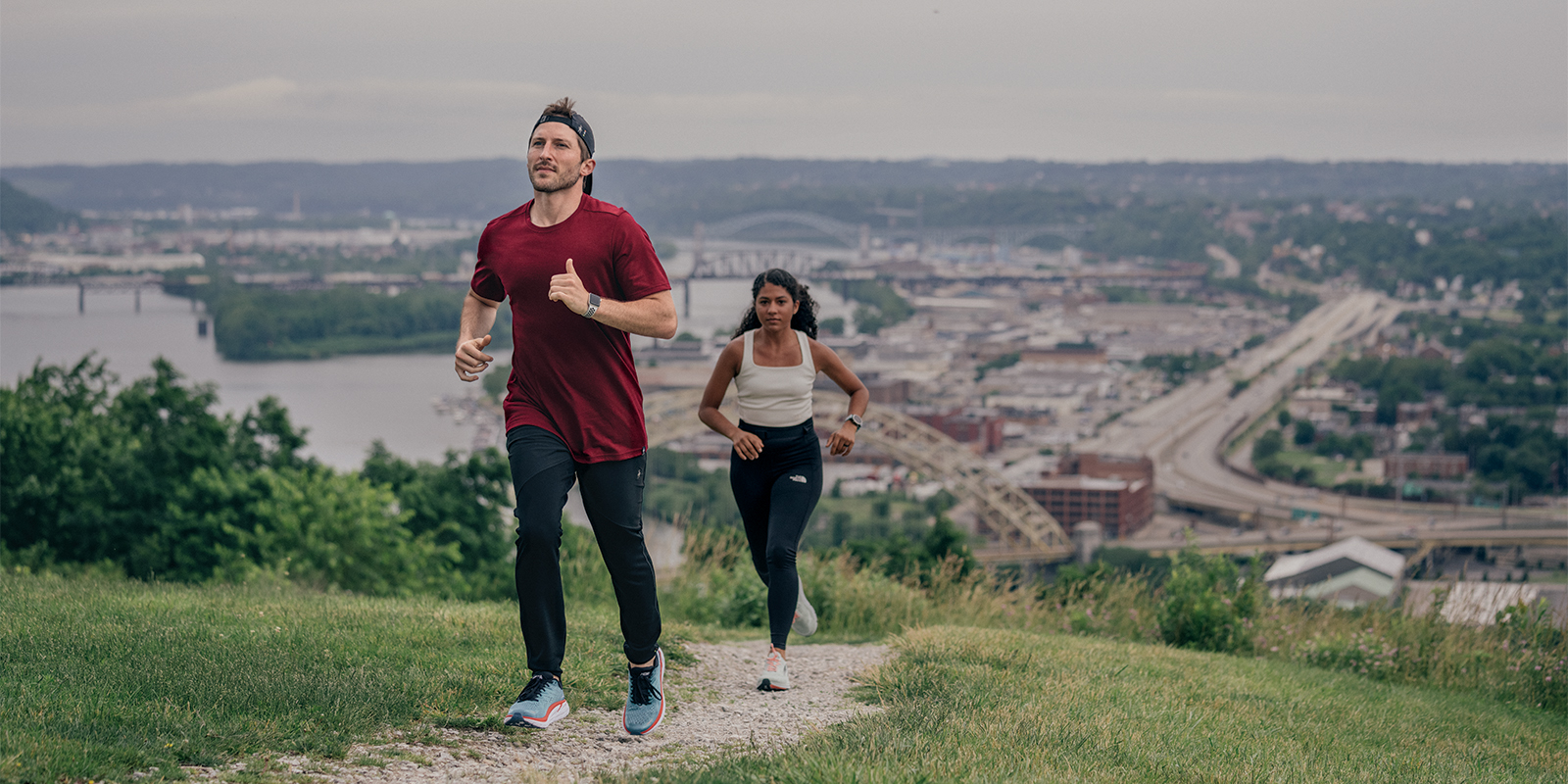Good news: You’re running a lot. Bad news: Aches and pains are inevitable. It’s a natural result of pushing your body, but you can mitigate such soreness.
Stretching, yoga, and weight training all help. But adding self-care tools that help you recover between runs—long runs, hard runs, any run—puts your health in your own hands. Literally.
Here’s a look at recovery tools available to runners, organized by price, low to high.
Lacrosse Ball
Yes, a simple lacrosse ball. Because of its density (just the right hardness with a little give), a lacrosse ball can do wonders in undoing knots and generally working out tight muscles and fascia, the connective tissue between your skin and muscles. You can use one to roll out the bottoms of your feet, massage spots on your back (by putting it between you and the wall and rolling around), rolling out tight spots on hamstrings, etc.
Compression Socks
Compression socks increase circulation, which reduces swelling and can help overall recovery. They’re also said to increase oxygen delivery to muscles and help reduce lactic acid build-up. Plus, they can just feel good on tired legs and feet following a long or particularly challenging run.
Rollers and Roller Balls
Foam rollers, both the smooth kind and the bumpy kind, enable you to give yourself all sorts of recovery support. Rolling specific parts of your legs addresses tightness in both muscles and fascia. Rolling out your back does the same, plus it can help increase mobility of your spine. You can also lie with your spine along the roller (the smooth kind), and open your chest with gentle stretches (arms out wide like a snow angel).
Rollers range from soft to hard (more dense), and some are made of varying densities in one roller. The harder the foam of the roller, the harder pressure massage it provides.
Bumpy foam rollers offer more aggressive self-massage, and some are more aggressive than others. Some have grooves cut into them which offer variation in pressure along your muscles and fascia. Some rollers have large protrusions of foam sticking out of them—think of those as very strong masseuse thumbs ready to dig into tight muscles.
Roller balls achieve the same thing as foam rollers; they allow you to target certain body parts with self-massage. These balls range in size from lacrosse ball-sized to small watermelon-sized. The former is great for feet or knots in the back or hamstrings. The latter works great on tight hip/glute muscles.





